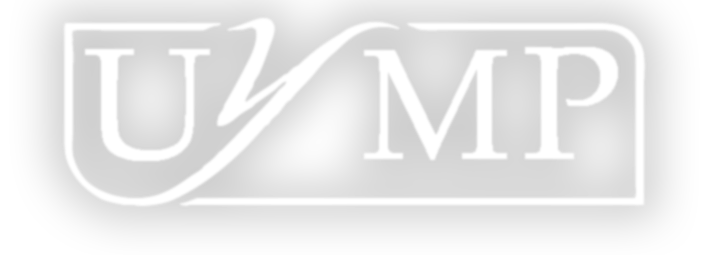Commissioned by Miller Theatre at Columbia University and written for Ensemble Signal and Irvine Arditti, to whom the work is dedicated.
Musical performance has a lot to do with signs or signals, with señales, whether cues, indications from a
conductor, or the printed propositions of the score, to all of which a musician has to respond immediately
and purposefully. The product of musical performance – music – is itself loaded with signals, which we as
listeners are invited to construe. In doing so, we may well feel that many of the signals are not directed only
to us, but that we are witnessing the music’s signalling to itself: calling ahead, answering back, opening a
new course or blocking it, making a demand or reviving a memory.
In the case of this piece, through twenty minutes of mostly fast music, we have a rush of such signals,
outward and inward – and onward – projected by and to the dashing solo violin, with alertness and virtuosity
just as vital right through the ensemble, which comprises three each of winds (flute, clarinet, and horn),
strings (viola, cello, and bass), and plucked or struck instruments (harp, cimbalom doubling vibraphone and
marimba, and percussion). Melodies or exuberant flourishes may involve quarter-tones; noise effects,
especially on the wind instruments, are also part of the ceaseless flow of gestures, of señales.
There is also a subtitle, “Homenaje a Jonathan Harvey,” to whose Fourth Quartet there are oblique
references in two transitional passages. “But more than anything,” Paredes has said, “I wanted to make a
small tribute to a composer whose honesty and highly spiritual music have been inspiring to me.” At the
same time, another musician is being remembered, since much of the material derives from a solo violin
piece Paredes wrote in memory of Thomas Kakuska, long-time viola player of the Alban Berg Quartet.
The work sets out from a slow, also low introduction. Winds and strings begin by extending the notes of the
interplay between harp and cimbalom, but soon branch out, introducing ideas to be played out later –
notably, running bits of scale, in quarter tones, on strings, which come to take over the music and ring up the
curtain on the soloist. His entry, with a signal gesture that is soon repeated, speeds the music up and also
lifts it into a new register, though this is a register the others are reluctant to enter, which only adds to the
brilliance with which the violin stands out, in lively figuration alternating with developments of the quartertone
scales.
Loud dissonances from the strings with heavy bow pressure weigh the music down, but only briefly before
the violin takes off again, quietly at first, in streams of double stops based again on quarter-tone scales, and
then into wilder reaches. The ensemble, left almost speechless a while, crashes back and a slow section
ensues, initially dominated by the strings, subsequently featuring dialogue between the strings with harp
plus vibes and the wind, with “whistle tones” from the flute. Out of this comes a swirling dance into another
dialogue, between excited static harmonies on harp, marimba, and low strings on the one side and quartertone
double stops from the soloist on the other.
At roughly the halfway point, a brief recall of the slow section disappears off the top edge of the pitch
spectrum and gives way to a long fast passage developing the ideas further. There is just a short break, after
which the quarter-tone scales return. Then the soloist goes off into airy flights, prompted—signalled—by the
ensemble. The cadenza eventually has the cimbalom joining in, to convey the violin back among the other
instruments for the work’s climax and aftermath. (Paul Griffiths)


